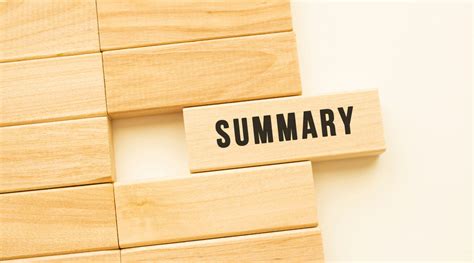Beyond reps: How to maximize muscle activation for peak performance strength gains?

Why Muscle Activation is Your Strength Game-Changer
Many lifters meticulously track sets, reps, and weight, yet hit plateaus despite consistent effort. The missing piece often isn’t more reps or heavier loads, but better muscle activation. It’s not just about moving the weight; it’s about how efficiently and fully your target muscles are firing. Maximizing muscle activation means recruiting more muscle fibers, leading to greater force production, enhanced strength adaptations, and a reduced risk of injury.
When you effectively activate a muscle, you create a stronger mind-muscle connection, ensuring that the intended muscle is doing the work, rather than compensatory muscles taking over. This targeted effort is what truly drives hypertrophy and strength gains.

The Power of the Mind-Muscle Connection
The mind-muscle connection (MMC) is not just a buzzword; it’s a critical component of effective training. It refers to the conscious effort to feel the target muscle working throughout an exercise. Studies have shown that actively focusing on contracting the muscle can lead to greater muscle activation and hypertrophy.
How to Cultivate MMC:
- Slow and Controlled Movements: Reduce your rep speed, especially during the eccentric (lowering) phase. This allows you to feel the muscle stretch and contract more intensely.
- Squeeze at the Peak: At the point of peak contraction, consciously squeeze the target muscle as hard as you can for 1-2 seconds.
- Visualisation: Before and during the set, visualize the muscle fibers contracting and relaxing. Imagine the muscle working.
- Touch the Muscle: For some exercises, lightly touching the target muscle can help focus your attention and sensation.
Pre-Activation Techniques for Enhanced Recruitment
Before diving into your main working sets, incorporating pre-activation exercises can ‘wake up’ the target muscles, ensuring they are ready to fire optimally. This is particularly useful for muscles that tend to be underactive or overshadowed by stronger, dominant muscles.
For example, before a squat session, performing glute bridges or band walks can help activate the glutes. Before a bench press, some light rotator cuff work or specific chest activations like cable flyes can improve pectoral engagement. These exercises should be low intensity, focusing purely on contraction, not fatigue.

Optimizing Exercise Execution and Form
Flawless form is non-negotiable for maximizing muscle activation. Cheating on reps by using momentum or recruiting secondary muscles diminishes the load on the target muscle, thus reducing its activation and growth stimulus. Focus on the full range of motion that allows for effective muscle contraction and stretch.
Key Form Principles:
- Full Range of Motion: Within safe limits, ensure you’re taking the muscle through its complete contractile and stretch phases.
- Controlled Tempo: Avoid explosive movements that rely on momentum. Control both the lifting and lowering phases.
- Proper Setup: Ensure your body is in the correct position before initiating the lift to isolate the target muscle effectively.
Advanced Strategies for Neuromuscular Efficiency
Beyond the basics, several advanced strategies can further enhance neuromuscular efficiency – your brain’s ability to communicate effectively with your muscles. This leads to more coordinated and powerful contractions.
Techniques to Consider:
- Isometric Holds: Incorporate static holds at different points of an exercise to increase time under tension and challenge muscle activation.
- Unilateral Training: Single-limb exercises (e.g., lunges, single-arm rows) force the working side to stabilize and activate more intensely, improving balance and identifying asymmetries.
- Resistance Bands: Adding bands to exercises can increase resistance at the peak contraction point, forcing muscles to work harder where they are often strongest.
- Pyramid/Drop Sets with Focus: While typically for intensity, applying a strict mind-muscle connection during these sets can amplify activation.

Recovery and Proprioception
Effective muscle activation isn’t just about what happens during the workout; it extends to recovery and your body’s awareness of itself. Proper recovery ensures your nervous system is ready for the next session, and improved proprioception (your sense of body position) enhances your ability to consciously control muscle contractions.
- Adequate Sleep: Critical for nervous system recovery and repair.
- Nutrition: Fuel your muscles with protein for repair and carbohydrates for energy.
- Stretching and Mobility: Improves range of motion, which in turn can lead to better activation by allowing muscles to operate through their full potential.
- Foam Rolling: Can help release tight fascia, potentially improving muscle function and reducing inhibitions.

Conclusion: Train Smarter, Not Just Harder
Moving beyond simply logging reps and sets to truly maximize muscle activation is the key to unlocking new levels of strength and muscle growth. By diligently applying the mind-muscle connection, incorporating pre-activation drills, mastering form, and exploring advanced neuromuscular strategies, you transform your workouts from mere movements into highly targeted, effective sessions. Remember, it’s not just about lifting the weight; it’s about how well you command your muscles to do the work. Start focusing on activation today and watch your performance and physique soar.










